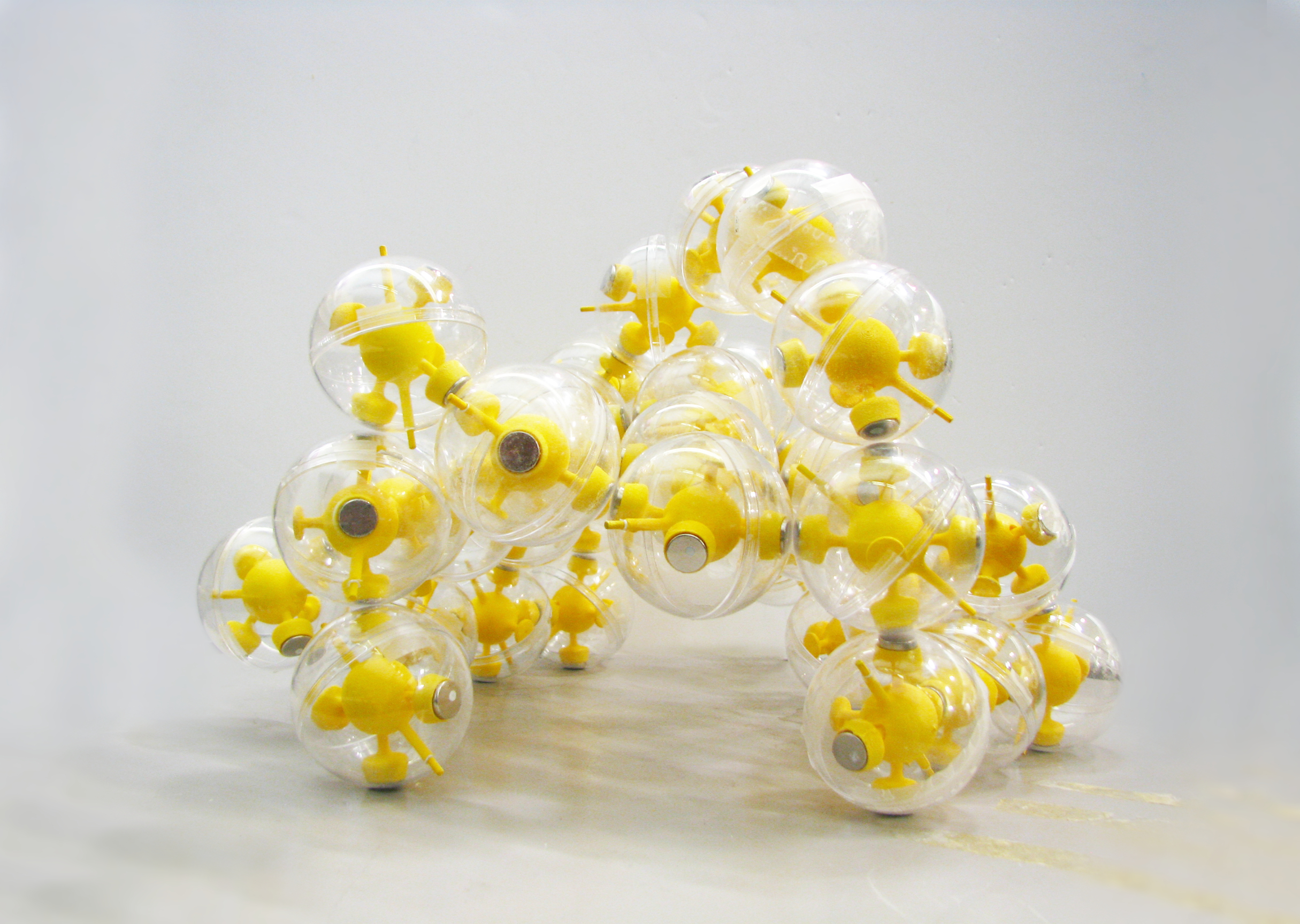2010-2012
SPACE ODDITY
Studio Theodore Spyropoulos
Tutors Mostafa El-Sayed
Team Apostolos Despotidis, Rodrigo Chain, Sebastian Andia, Thomas Jensen
After a period of general silence related to spacial research, and with increasing interest in space tourism – We see an opportunity for a new interpretation of materiality and spatiality within this new and exciting environment.
Outer Space has been a way for us to try to rethink architectural organization and materiality. So whilst architecture per tradition is a field dealing with static structures and organization, in a volatile and hostile environment, movement and adaptability is of the essence. Organization is no longer just a matter of space and program, but that of material. The idea of a constantly reconfigurable formation has to us become a question of reorganizing matter. This makes the traditional 3 dimensional space of architecture obsolete, as time needs to be considered an important parameter as well.
Aiming to dismiss the idea of the “space can” as the common model for space Architecture, our main objective is to rethink technology and the concept of the prototype itself. Reorganizing matter through force fields are be the objective of our research. So whilst our architectural proposal deals with the physics and parameters of space, we look forward to developing a model that performs on earth. Realizing the difficulties of doing so and the flux-nature of Space Oddity Project the aim is to argue behavior in a series of experiments. The prototypical research will be focused in two areas; Organizational Behavior and Material Behavior.
The Organizational behavior will investigate the notion of a bottom-up system trying to argue assemblage and reconfiguration between one and more parts pushing a self-organizational prototype. The main focus is the communication between local building blocks.
With Material Behavior we explore the possibilities of rearranging matter through implicit forces. As such the focus will be on a behavior embedded in matter that will allow for a constant reconfiguration of a global formation.































